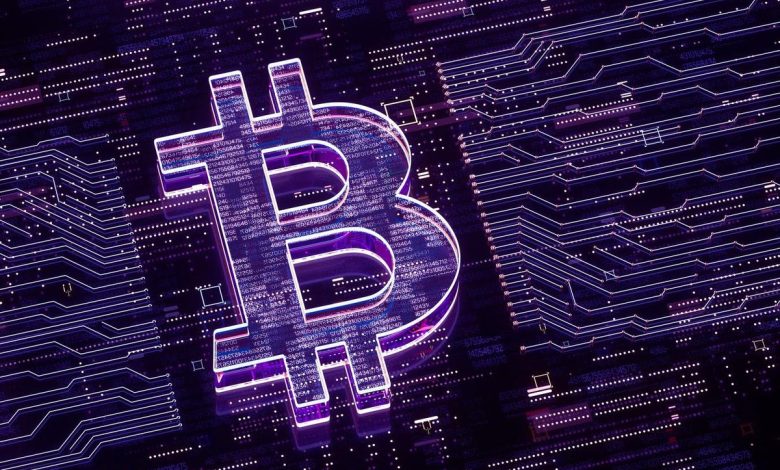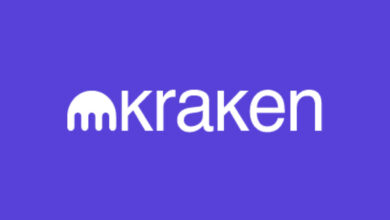Beyond Bitcoin: How Blockchain and AI are Driving Crypto Adoption

If you have been following the AI conversation in the media, social channels, and other forums over the last couple of months, then you have definitely heard of ChatGPT.
ChatGPT is a state-of-the-art language model that can generate human-like text responses to a wide variety of prompts that has seen huge interest from the general public since its release in November 2022.
According to reports, it reached 100 million users after just two months, with some even using ChatGPT’s versatility to assist in complex tasks such as coding trading bots, trading terminals, and smart contracts.
But why are ChatGPT and other AI applications relevant to the crypto space? Due to its ease of use, ChatGPT can play an exciting role in supporting blockchain education and crypto adoption.
The app can be used to explain the essence of crypto and the technology behind it, and it therefore can become a great asset for the crypto industry in its efforts to educate users and enhance safety in the ecosystem.
Nevertheless, a number of complicated concepts are often intimidating to new users of digital asset platforms, such as “proof of work”, “bitcoin mining”, or “hashing”. Fortunately, ChatGPT has the potential to clarify these concepts and many more in an interactive and conversational manner, which is extremely valuable as users can keep asking the app questions until they feel like they have fully understood whatever crypto-related topic they are interested in.
ChatGPT’s automation of customer support can also make it easier for individuals and businesses to enter the crypto space, leading to increased adoption in the important B2B segment. These are just a few examples of how ChatGPT and other language models can benefit the crypto industry, but there is still much potential for further developments.
The use cases of AI in blockchain go beyond language models. Recent initiatives launched by leading digital asset platforms show the potential for the intersection between AI and blockchain technology.
For instance, Binance recently announced the test launch of Bicasso, an AI-powered NFT image generator that utilizes AI algorithms to create unique NFT artwork based on inputs and cues from users. This represents a significant advancement in the field of AI-generated art, as previous tools required more detailed inputs from users or relied on pre-programmed templates. The platform has now become a waitlist registration page, with users able to sign up for access when Bicasso goes live again.
In addition to that, the leading blockchain launched an Artificial Intelligence-driven chatbot, utilizing advanced ChatGPT technology to ensure users get reliable responses regarding the web3 space and blockchain industry. This will become a convenient go-to source of information for users.
The limitations of AI models
While ChatGPT and other AI models are undoubtedly useful for the crypto industry’s educational and awareness efforts, there are potential dangers associated with its use that must be addressed. It is crucial to acknowledge that the language model lacks fundamental reasoning abilities, which means that despite its responses might appear human-like, the bot does not possess a genuine comprehension of the input text. AI is only as good as the data on which it is trained, and if it uses false information, its output can be incorrect, misleading, and even offensive in some creative tasks.
In addition, the use of cryptographic data may not be implemented by AI applications to ensure security, which can result in inadequate protection of consumer data. This limitation makes AI more susceptible to attacks by hackers, such as attempts to spread malware, install ransomware, steal data, or even remotely control users’ accounts.
Blockchain is key to ensuring security of AI applications
Building blockchain-based AI software presents potential solutions to many of AI’s limitations, including the issue of privacy dangers. What gives blockchain such capacity is its highly secure and distributed design that sorts information in blocks of data. Once data has been stored on a blockchain, it is virtually impossible to modify or delete it, which ensures data integrity.
To increase the security of AI applications, encryption is one area where blockchain can be highly effective, as it offers a secure way to encrypt sensitive information. Incorporating technologies like cryptographic hashing and end-to-end encryption can improve overall data security, as these enhancements prevent unauthorized users to view information processed by the application.
Identity and data authentication is another area where blockchain can be highly effective. By recording data on the blockchain, it offers a transparent, auditable trail that improves trust in the data being used and ensures that it isn’t tampered with later on. Incorporating private keys or even a consensus mechanism that decides what can be added can combat misinformation.
Unlocking AI’s full potential
While AI is a groundbreaking technological development and as such presents many benefits, it also poses significant risks that the tech community must acknowledge and address. The use of blockchain offers a potential solution to these risks, such as improving data security and ensuring the integrity of the information used by AI.
As an industry, we must continue to explore these potential solutions and incorporate them into our AI systems to safeguard customers and investors and protect market integrity. By doing so, we can promote a safer and more accessible environment to learn and participate in the exciting world of Web3.
There are parallels between AI’s accessibility and impressive results and those of blockchain. Together, they have the potential to collectively turn their weaknesses into strengths.





